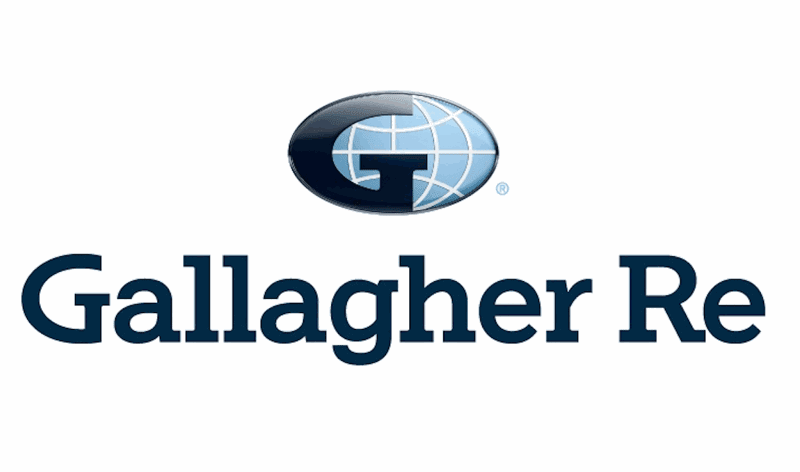Global footprint supports strong reinsurance premium growth: Gallagher Re

The globally diversified major reinsurance companies of the world saw some of the strongest reinsurance premium growth again in the first-half of 2022, with pricing gains for commercial business a key driver of expansion.
Reinsurance broker Gallagher Re reported that premium growth across the reinsurers that it tracks averaged 12% in H1 2022, supported by continued favourable pricing for commercial lines and reinsurance business.
However, growth is far from even across the industry, with certain companies taking their opportunities to exert the advantage that global and line of business diversification offers to them.
The strongest increases in premiums written came from the global reinsurance companies, which as a group grew their premiums by 18% in the first-half of 2022, suggesting diversification and footprint is proving beneficial to them strategically.
Next, the often slightly less diversified, geographically and in terms of business line, North American and Bermudian re/insurers that as a group expanded by 14% in the half.
“Continued pricing gains for commercial lines business remained the key driver of premium growth in Q2,” Gallagher Re explained.
With second-quarter 2022 seeing accelerating premium increases, an impressive 9 of the 25 companies Gallagher Re tracks reported a greater than 20% premium increase year on year for that quarter, versus just 5 out of the 25 at the end of Q1.
The broker highlights that a number of management teams expect commercial premium increases to continue to outpace loss cost trends into 2023, but points out that the average attritional loss ratio increased by 1 percentage point versus the prior year in Q2 2022.
It’s also worth noting that natural catastrophe losses, as a contributor to the average combined ratio across the commercial insurance and reinsurance cohort, increased in the second-quarter as well.
For the first-half of 2022, the average combined ratio was 94.1%, with all but three re/insurers posting a sub-100% combined ratio.
Across the first-half, the nat cat loss ratio fell by half a percentage point, but in the second-quarter in isolation, it rose by 1.5% to contribute 6% of the combined ratio, with attritional losses also up 1% to 61.8%.
That, in a relatively benign quarter for major global catastrophe loss activity, but one where the frequency of severe weather peril impacts had continued to erode some of the profitability of re/insurers.
Going back to premium growth, it’s perhaps notable that some of the strongest growth in property lines of business comes from the global players, while many of those pulling back from property cat risk are in the middle-tier of the industry.
It’s not the same across the board though, as some global reinsurers are slashing cat exposure too, suggesting a bifurcation in strategy across the market, as some companies believe they have the underwriting expertise and diversification in their portfolios to absorb catastrophe exposures, even at the recent historical rates of frequency and severity.
After the mid-year reinsurance renewals, there has been a slight adjustment in the industry’s exposure to US coastal wind as a peril, which means any major storms this year could result in a different dispersion of losses across insurance and reinsurance firms, compared to prior years, which will be interesting to watch out for as hurricane season progresses.
——————————————————————— Tickets are selling fast for Artemis London 2022, our first ILS conference in London. Sept 6th, 2022.
Tickets are selling fast for Artemis London 2022, our first ILS conference in London. Sept 6th, 2022.
Register soon to ensure you can attend.
Secure your place at the event here!
—————————————






